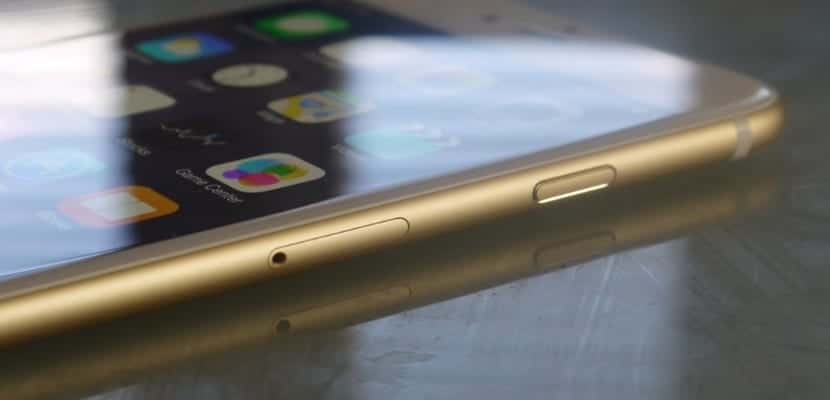
Apple currently uses LCD screen technology for iPhones, but this looks set to change next year with the new iPhone rumored for 2017, following minor design changes to the iPhone 7. Many reports have said Next-generation iPhone, dubbed 'iPhone 8', will feature OLED display for the first time. Today a report of Bloomberg indicating that Apple is negotiating with Sharp for the production of OLED displays for their phones.
Right now, the only Apple product that uses an OLED display is the Apple Watch. The OLED displays have better contrast than LCD displaysas there is no backlight involved with OLED. They have individual pixel lights so when the color black is displayed the pixels literally turn off and emit no light at all. They also have significantly less power drain when the black interface is displayed since most of the screen may just be off, a trait that is exploited by the dark user interface of the Apple Watch.
OLED displays offer very good contrast ratios and low battery consumption when content display is dark (this leads to some rumors of a "dark mode" for iOS 11). It also happens to be a thinner screen component compared to LCD screens due to the lack of backlight. All of these traits are useful for the next iPhone. OLED displays can also be curved and flexible., which allows design elements such as having the screen curved on the sides. Samsung does exactly this with its devices like the Samsung Galaxy S7.
Samsung, Apple's main competitor in the smartphone space, has used OLED displays in its Samsung Galaxy phones for many years. Apparently 2017 will be the year of the OLED screen to be part of the iPhone.
The report says that Sharp could close the deal with Apple if it can promise enough "production capacity". Earlier today, Sharp announced a $ 500 million investment to manufacture OLED displays, but the benefits of this will not be seen until the end of 2018. In general, Apple likes to have different companies supplying parts for its products. As it reduces the risk of performance bottlenecks and allows them to negotiate better prices, because a single company is not in control of the entire supply chain of a given component.
The iPhone 8 will be facing a major phone redesign, leaving behind the repetitive design of the iPhone 7, iPhone 6s and iPhone 6. Apple is apparently aiming for a "glass design" with the home button and ID touch sensor built into the display.
Take my money please ... !!! Give it to me now ... !!!!! 😛
I'm already saving for the next iPhone 8, the 10th anniversary.
A symbol for those of us who have had different iPones since its inception, in 2007.
We will stay tuned ..
Saving already? Hahahaha, well, I am a typical wing one week before the launch, I sell the 7, I rent € 300, then I take off the VAT and the iPhone 8 as it is going to be called